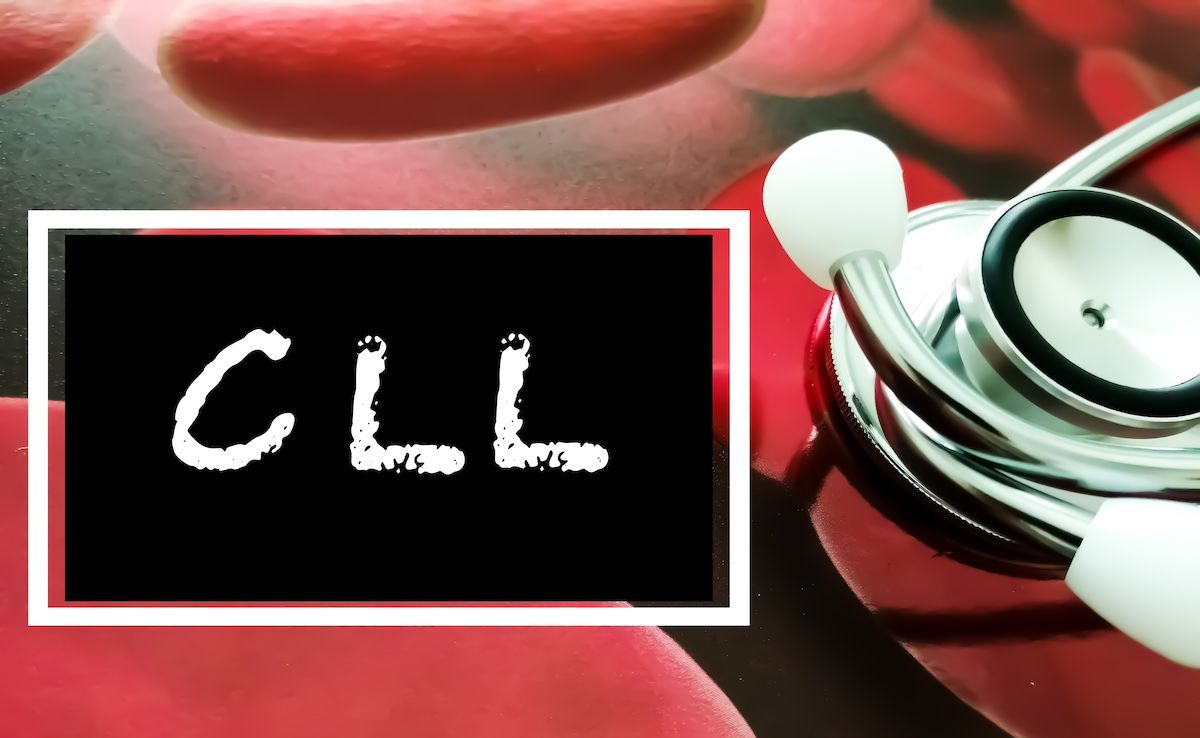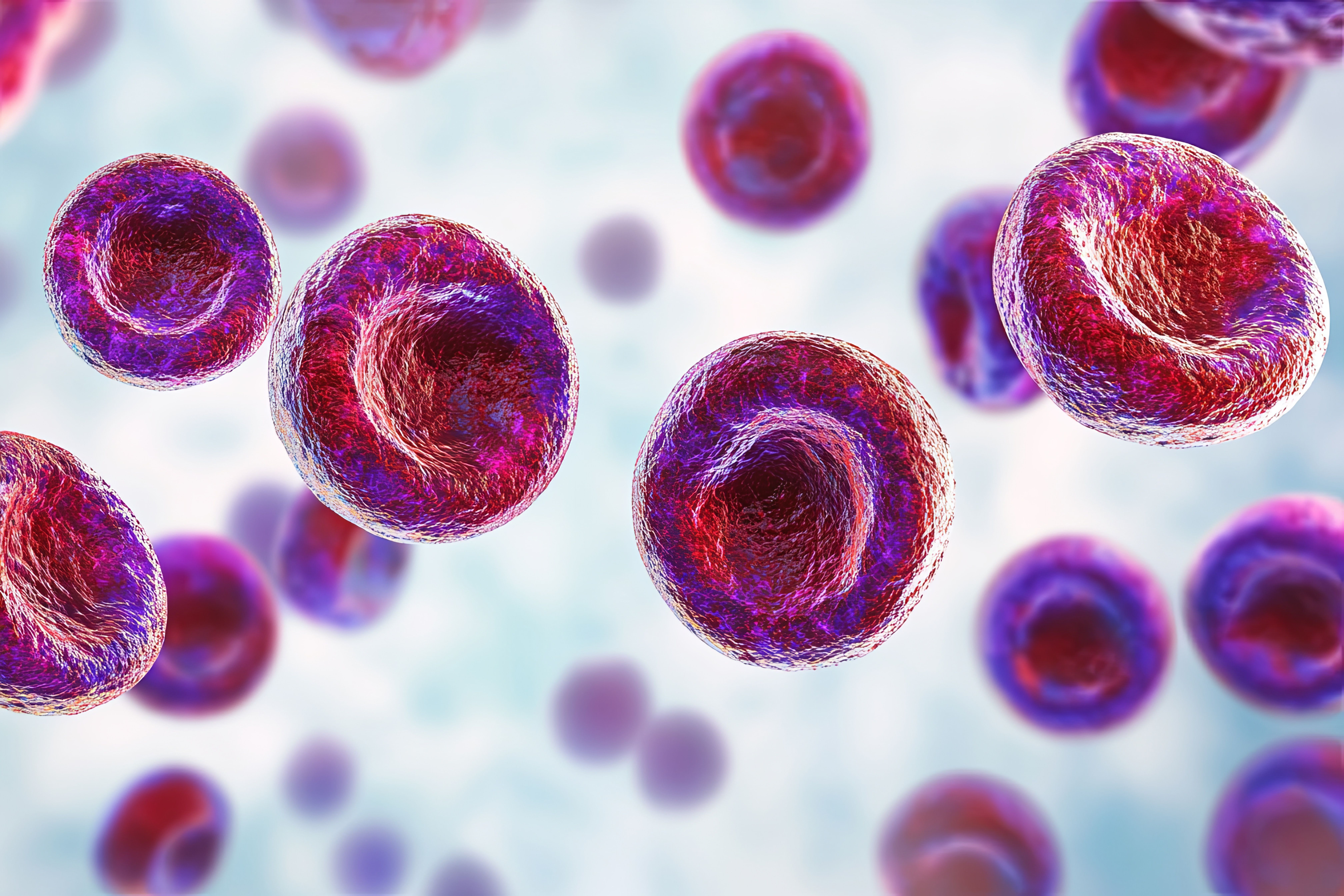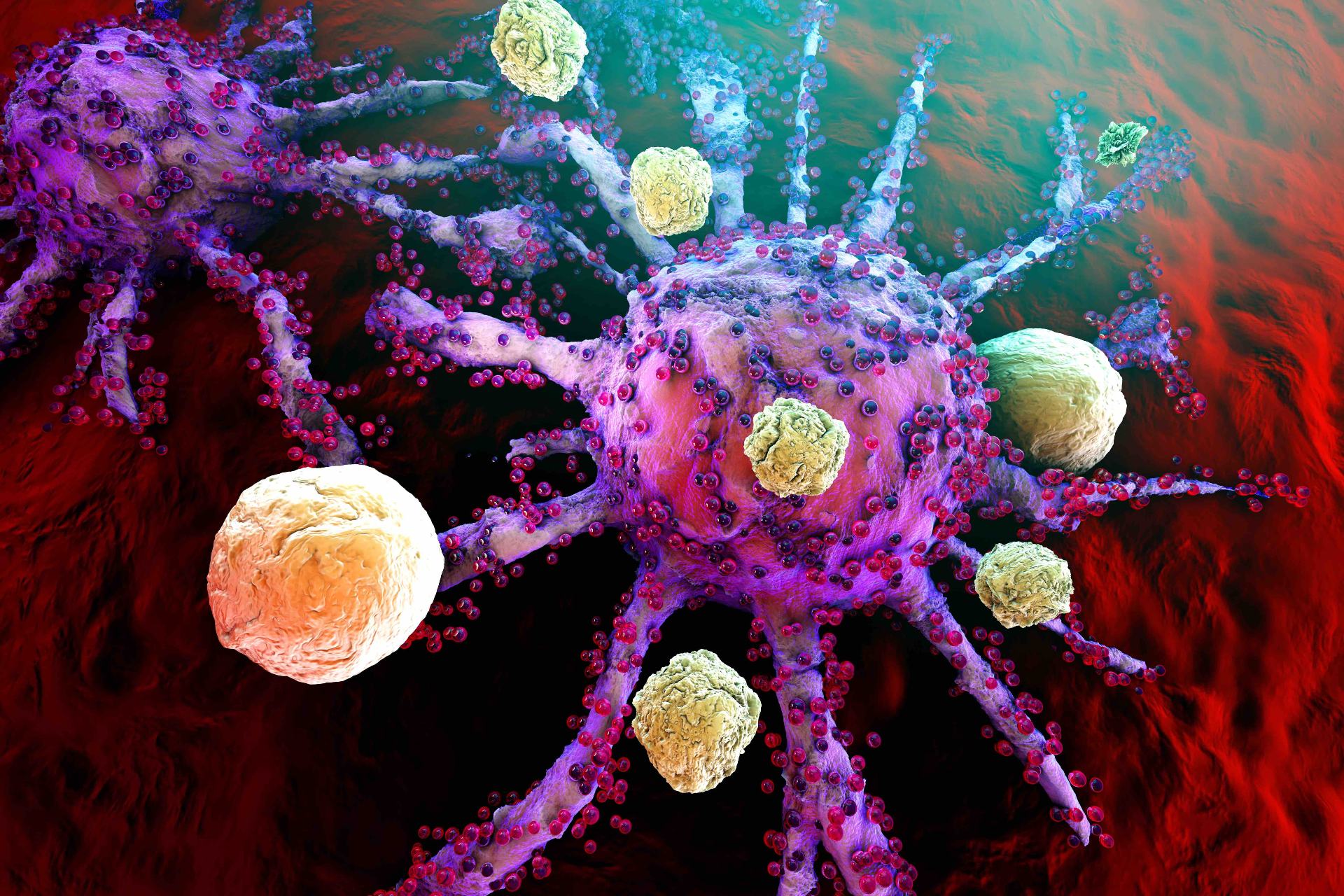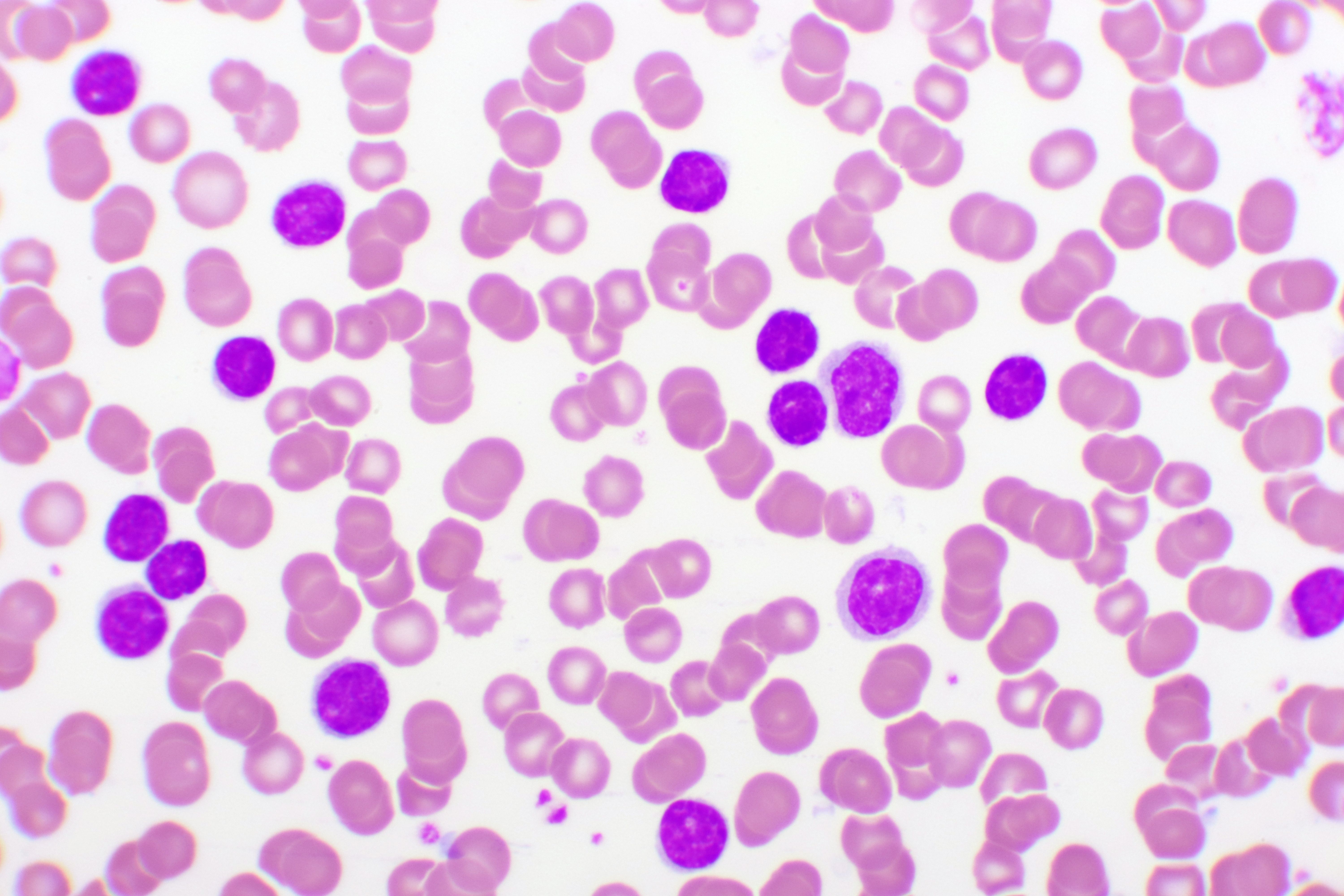News
Article
New Model Offers Indicators of Ibrutinib Response in CLL
Author(s):
A mathematical model using pharmacodynamic parameters, including duration of hyperlymphocytosis, may help clinicians better predict patient responses to ibrutinib administered for chronic lymphocytic leukemia (CLL).
New research suggests patients with chronic lymphocytic leukemia (CLL) who experience transient—rather than prolonged—hyperlymphocytosis while on ibrutinib (Imbruvica; Pharmacyclics/Johnson & Johnson) are likely to have a reduced duration of therapy response and inferior outcomes.
The study offers clinicians a new mathematical approach to optimize patient management using clinical and biological factors, although the investigators said further analysis of additional data might strengthen the predictive power of their findings.1 The study was published in PLOS Medicine.
One of the effects of ibrutinib therapy in CLL is a decrease in the size of lymph nodes and with a marked increase in absolute lymphocyte counts (ALCs), wrote the study authors. However, some patients experience prolonged increases in ALCs, while others experience only transient hyperlymphocytosis.
The significance of the length of hyperlymphocytosis—if any—has so far been unclear, the authors said, with some evidence suggesting an association with progression-free survival (PFS).
For instance, the RESONATE trial of patients with previously treated CLL or small lymphocytic leukemia who were treated with ibrutinib suggested that in patients with relapsed or refractory disease, lymphocytosis was associated with longer PFS-free.2
The authors wanted to learn more about which factors, including hyperlymphocytosis, correlate with later disease courses. They designed a longitudinal, observational study in which blood cell counts were tracked for 122 patients for 2 years while taking ibrutinib. In addition, a cohort of 41 patients underwent immunophenotyping and whole-body MRI.
The investigators took those data and integrated them into a mathematical model designed to identify biological mechanisms linked with different clinical responses.
Sixty percent of the 35 patients with low-risk CLL (based on BALL scores) had prolonged hyperlymphocytosis, while 8 of the 10 patients with high-risk BALL scores had transient responses. | Image Credit: CLL-Saiful52-stock.adobe.com

As in previous studies, the authors were able to identify 2 distinct subgroups of patients, depending on whether their hyperlymphocytosis was transient or prolonged. In the study, patients whose ALC was higher at 3 months than at the start of therapy were considered to have prolonged hyperlymphocytosis; those whose counts were higher at the start of therapy than at 3 months were deemed to have transient hyperlymphocytosis.
The authors found that factors such as age, ALC, and several biological factors—including CD4+ T lymphocyte and regulatory CD4 T-cell counts—were predictive of ibrutinib response.
They also found that patients with transient hyperlymphocytosis had lower durations of response to ibrutinib and poorer clinical outcomes.
“The mathematical approach led to the reproduction of patient-specific dynamics and the estimation of associated patient-specific biological parameters, and highlighted that the differences between the 2 groups were mainly due to the production of leukemic B cells in lymph node compartments, and to a lesser extent to T lymphocytes and leukemic B cell egress into bloodstream,” they wrote.
Sixty percent of the 35 patients with low-risk CLL (based on BALL scores) had prolonged hyperlymphocytosis, while 8 of the 10 patients with high-risk BALL scores had transient responses, the investigators found.
“Altogether, our study provides a better understanding of which baseline clinico-biological and pharmaco-dynamic parameters dictate absolute lymphocyte kinetics upon ibrutinib treatment,” the authors said.
They added that using MRI along with standard procedures like minimal residual disease may help investigators more thoroughly evaluate responses to ibrutinib in future trials.
“As our results highlight suboptimal outcomes in patients with transient hyperlymphocytosis, we believe that our approach could provide a support for choosing whether ibrutinib should be given alone or associated with, for instance, venetoclax (Venclexta; AbbVie/Genentech)... or other therapies after 3 months,” they concluded.
References
1. Cadot S, Audebert C, Dion C, et al. New pharmacodynamic parameters linked with ibrutinib responses in chronic lymphocytic leukemia: Prospective study in real-world patients and mathematical modeling. PLoS Med. 2024;21(7):e1004430. doi:10.1371/journal.pmed.1004430
2. Brown JR, Hillmen P, O'Brien S, et al. Extended follow-up and impact of high-risk prognostic factors from the phase 3 RESONATE study in patients with previously treated CLL/SLL. Leukemia. 2018;32(1):83-91. doi:10.1038/leu.2017.175





